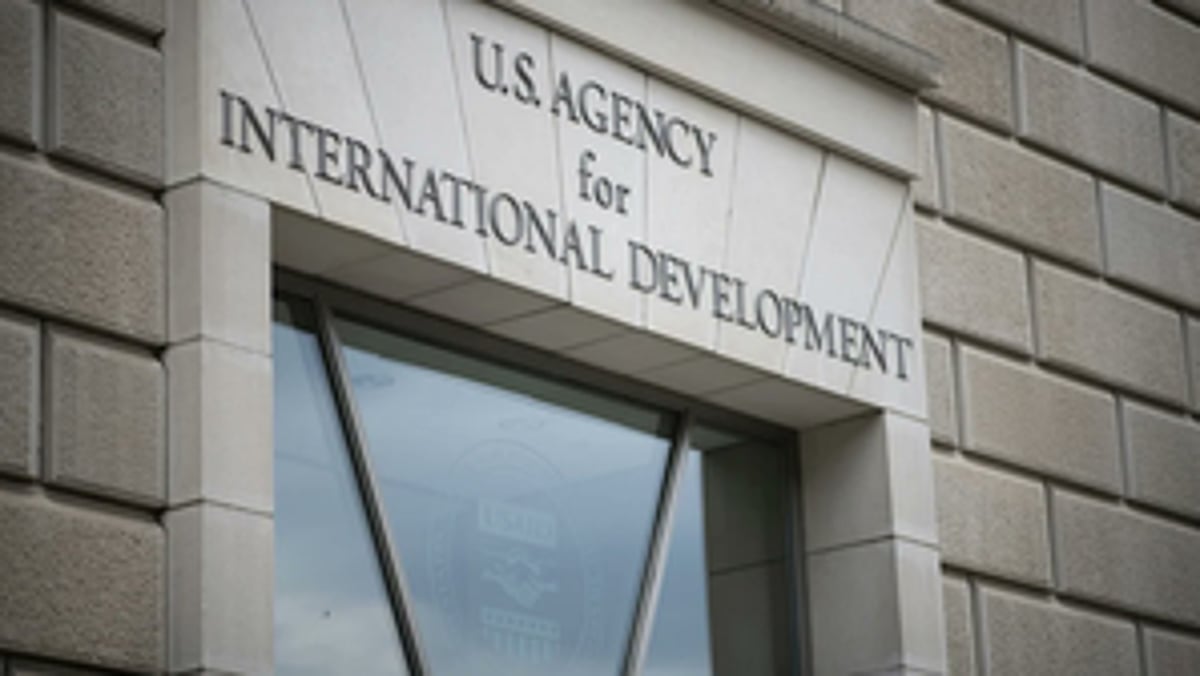USAID Cash Streams Targeted Economic Growth, Not Election Dynamics in India

In a recent development that has caught the attention of diplomatic and economic observers, US President Donald Trump has launched a sharp critique of USAID's funding initiatives in India. The annual report from the Finance Ministry, led by Finance Minister Nirmala Sitharaman, has brought this contentious issue into the spotlight.
The criticism comes at a time of complex diplomatic relations between the United States and India, with Trump's administration questioning the effectiveness and necessity of American aid programs in the country. The Finance Ministry's report appears to have provided additional context to the ongoing debate about international development funding.
While specific details of Trump's criticism remain nuanced, the statement underscores the evolving dynamics of international aid and bilateral relations between the two nations. The critique raises important questions about the strategic value and impact of foreign assistance programs in emerging economies like India.
As tensions simmer, both governments are likely to engage in further discussions to clarify the scope and purpose of USAID's funding in the region. The situation continues to develop, with potential implications for future diplomatic and economic interactions between the United States and India.

